Went Up the Hill movie: Dacre Montgomery and Samuel Van Grinsven on trauma and healing in ghost story
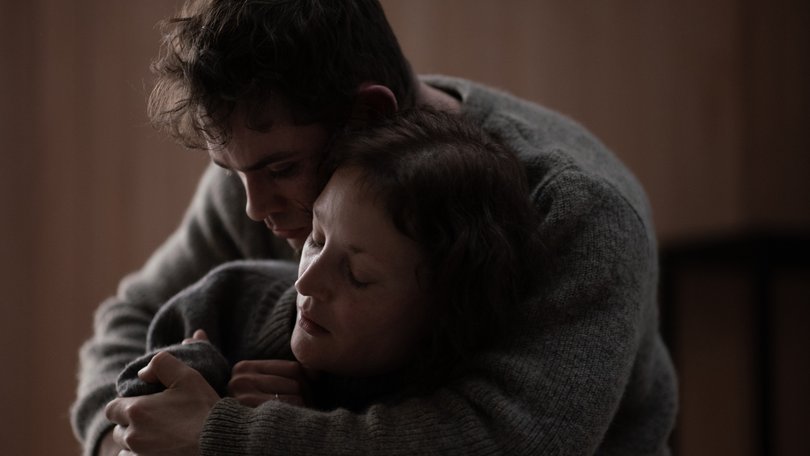
Luxembourgish actor Vicky Krieps composes a song for every role she plays, using music to channel, capture or exorcise her character.
Usually, it’s just something for her, but for the first time, it became part of the film. The song she wrote was played over the closing credits of Went Up the Hill, the gothic, family drama from Australian-New Zealand writer and director, Samuel Van Grinsven.
When Went Up the Hill premiered at the Toronto International Film Festival last year, Krieps performed it live on stage. The moment was without parallel, and for Van Grinsven, the memory of it is as potent now as it was almost a year ago.
Sign up to The Nightly's newsletters.
Get the first look at the digital newspaper, curated daily stories and breaking headlines delivered to your inbox.
By continuing you agree to our Terms and Privacy Policy.Filmed on location on New Zealand’s South Island, Went Up in the Hill is a ghost story fuelled by the trauma of its two central characters, Jack (Dacre Montgomery) and Jill (Krieps), both in mourning for Elizabeth, Jack’s estranged mother and Jill’s wife.
They meet at Elizabeth’s funeral, and over the next few days, ensconced inside the architecturally striking brutalist home Elizabeth designed, as if it was both a womb and a tomb, the dead woman’s spirit seemingly possesses each in turn, forcing them to confront their raw, open wounds.
When Krieps played her song for Van Grinsven early in the production process, it had a profound impact on the filmmaker and, in a way, changed the character he had co-written with Jory Anast.
“What it stirred in me was a restlessness of where (Jill) would go from here, and I tried to bring that to life,” he told The Nightly. “There’s a scene in the film that’s in Vicky’s native language, Luxembourgish, and having heard the song, that scene is quite different to what was in the screenplay.
“To me, it felt like there was a youth to the song, and perhaps a youth that this character had lost throughout the process of this relationship and the loss of this person, but a youth that was still there and begging to be discovered.”
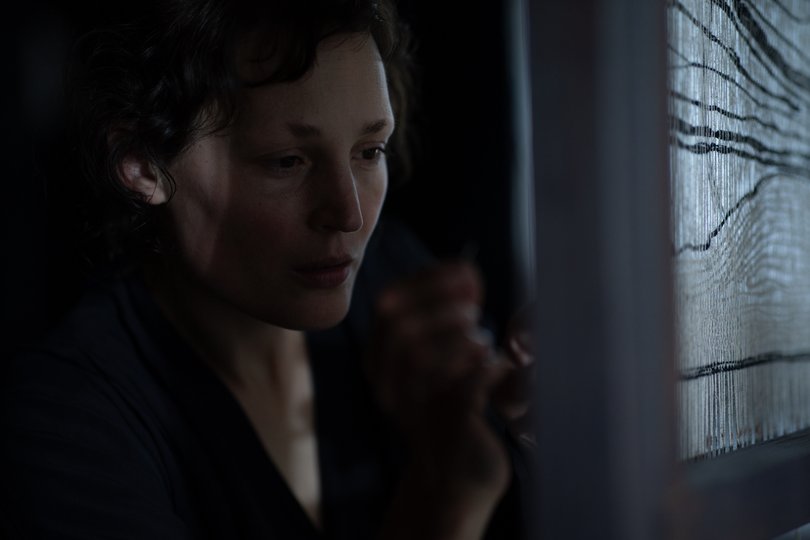
As far as actors influencing their directors, it was an unusual way for it to happen. But then Went Up the Hill is unique.
“It’s different from every other film,” Montgomery said. “I don’t think in the history of cinema that there’s a three-hander told by two actors that play the same third character together.”
Before filming, the actors, Van Grinsven and movement coach Polly Bennett allotted a week of rehearsals dedicated to working out how Montgomery and Krieps would play Elizabeth. But after a day and a half, they came to the realisation that their performances didn’t have to mimic each other.
“Both these people manifest Elizabeth in order to deal with both of their traumas. With all that considered, and there being no hair, make-up or prosthetics involved, you could actually go, well, the performances don’t need to be the same at all,” Montgomery said.
It wasn’t about the physicality – tics, gestures and expressions. As Van Grinsven put it, “It was pure presence, it was energy, intent, and they both did it and mirrored each other. The moment we hit it, it was like, ‘Let’s go no further, let’s see it on the screen’.”
Montgomery added, “Vicki and I were bringing our own baggage that had a lot of crossover with Jack and Jill in the film. So, there was a lot of real stuff there that we wanted to save for the performance.”
The audience never meets the real Elizabeth – the film begins with her funeral – but what connected the two performances from Montgomery and Krieps was a malevolence that dominated the frame every time her spirit was present. You could feel her presence.
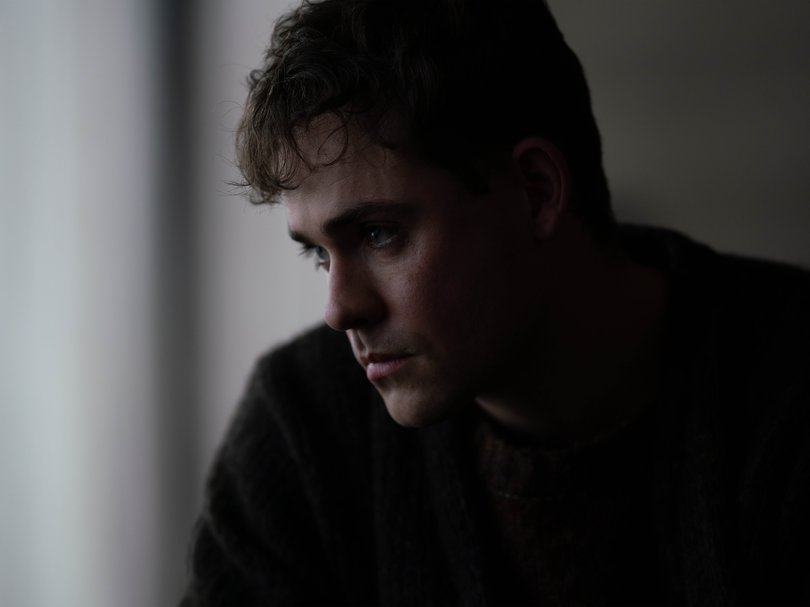
There was a long period between when filming wrapped in 2023 and when Went Up the Hill premiered at TIFF, and Montgomery couldn’t fully shed the intensity of those characters until the story was shared with the world.
“The best way to describe it was I was holding my breath for a year and a half, until we were at TIFF, and then I just cried the whole way through the film and I felt like I let go. It felt like a very good experience in therapy and catharsis.”
In the days following, as he and Krieps reunited amid the pulsing chaos of a film festival, it’s almost like they were in their own bubble. “We were like, ‘We’re going to talk about this, we’re going to cry about this, we’re going to reminisce.”
The force of Montgomery’s release feels commensurate with his artistic commitment to the project. The WA-born actor broke out on the global stage in 2017 as the scene-stealing Billy in Stranger Things but then took most of the next few years off as he sought projects that would challenge him.
“I’m not interested in anything in the in-between,” he said.
He also wanted to work with filmmakers who had a specific vision, which he discovered in Van Grinsven as soon as he read Went Up the Hill, and saw the director’s previous film, Sequin in a Blue Room, which Van Grinsven made as his graduation film from AFTRS, which then won the audience prize at the Sydney Film Festival in 2019.
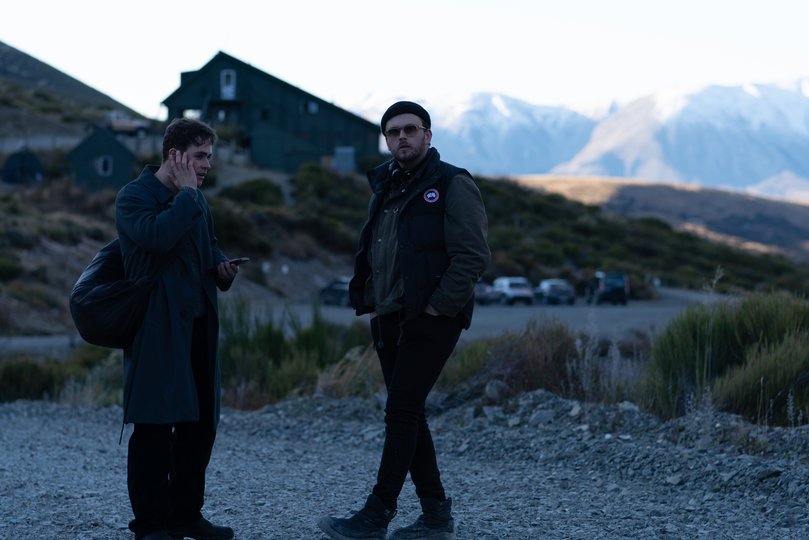
“Before we started physical production on the movie, I took a year off and rehearsed with Samuel every week for a year. Didn’t do anything, didn’t think about anything else. All in all, it was almost three years of nothing but Went Up the Hill for me,” Montgomery said.
“Samuel is such an amazing filmmaker and I think he’s going to be the prominent Australian auteur of my generation.
“He’s such a special human being. He’s very driven as well, and pedantic about his art. I think he’s going to have an incredibly wonderful career. He’s got so many other great scripts, ideas and stories that he wants to tell.”
Van Grinsven is already in pre-production on another film, and he got the idea while in the edit suite for Went Up the Hill, just as he did for Went Up the Hill as he finished Sequin in a Blue Room.
“All of my work so far has felt like a reaction to the film before, not in a negative way, but in a ‘OK, I’ve done that, and now I’m being drawn to something else’.
“For me, it’s always an image, and for Went Up the Hill, it was a coffin in the centre of the room, two people standing on either side of it, both equally mourning for the person inside but knowing nothing about each other.”
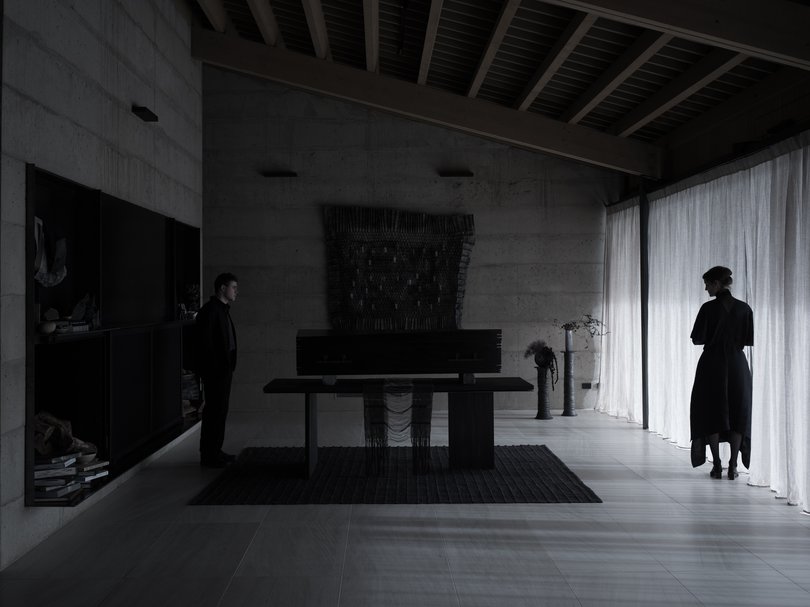
Van Grinsven said the nursery rhyme of “Jack and Jill went up the hill” is two-fold. “There’s a maternal nature to nursery rhymes, they’re passed down from parents to children, and it’s presented as a way of lulling someone to sleep. It’s an act of love and care to be lulled into sleep, but they’re also often cautionary tales.
“I get these images in my head and then I think I should write an entire film to try and unpack what that image means, but it’s still somewhat elusive.”
The process is therapeutic, but it morphs into something that is more than his, it becomes an experience shared with Krieps and Montgomery.
“They were really personally attached to what the script was dealing with, and they were dealing with very palpable and on the surface things in their own lives through this process.
“It turned into a collective healing between the three of us.”
Went Up the Hill is in cinemas now.

